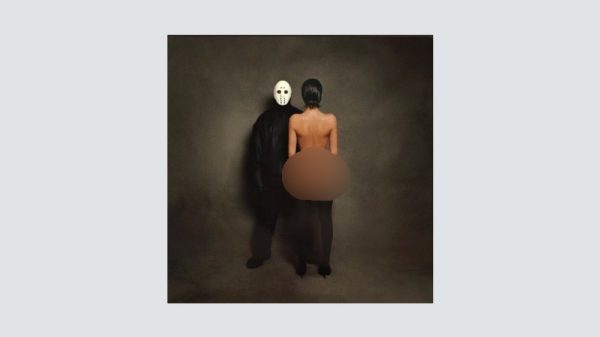Culture is not couture
It’s time to take appropriation seriously.
Culture appropriation exists in various instances. There is a vast difference between appropriation and appreciation that students must know and understand in order to refrain from undermining the history and significance behind certain cultural aspects.
Appropriation is a form of marginalization that encourages erasure. It blurs the lines of unique cultures and makes it seem as if traditions can be exploited by whoever and whenever. A minority’s culture is not something to be trivialized and utilized as a fashion statement or for its aesthetic appeal.
“Appropriation occurs when a style leads to racist generalizations but is deemed cool or funny when the privileged take it for themselves,” Amandla Stenberg, a young African-American actress said. “It occurs when the appropriator is not aware of the deep significance of the culture they are partaking in.”
Ever since the beginning of American history, Native Americans have been killed, raped and forced off of their own home land because Europeans migrating here deemed them as savages. Today, their culture is regarded as trendy. Native American headdresses are an especially sensitive artifact that are appropriated carelessly in the fashion industry today. Actual Natives have spoken on the issue, stating that a headdress is something that is earned through selflessness and leadership. It’s a spiritual garb that belittles what elders have spent a lifetime to earn when non-Natives, especially those who care for nothing but it’s visual appeal, wear it. Likewise, African Americans had been enslaved for centuries, then segregated against for decades after. Today, black women have reportedly stated that they worry their natural hair may be a factor in preventing them from getting jobs, or having the same polite and professional impact during interviews that they would have if their hair was a bit more Eurocentric. Meanwhile, dreads, Afros, and baby hair have been seen as “high fashion” when white celebrities such as Kylie Jenner and Miley Cyrus sport them.
What if America loved black people as much as black culture?
— Amandla Stenberg
Many may argue that some of these situations can be noted as “appreciation” rather than exploitation, but these double standards are deeply embedded into our society. To some people, wearing Native headdresses and bindis seems like a form of honoring a culture and appreciating the beauty of it, but in reality it isn’t. If you truly and genuinely cared about a culture or tradition, you would make the attempt to learn more about it. And even then, there are hundreds of ways to show appreciation for a culture without directly taking part in it. The difference between appreciation and appropriation depends greatly on the intention. If someone who studied a culture for years and lived in an environment where that culture was heavily practiced, them taking part in it would be a form of appreciation for all that they’ve learned and obtained over the years. Take for example a person who is not of South Asian, African, or Middle Eastern descent being invited to the wedding of a close family friend who just so happens to be from Pakistan. It would almost be impolite to not wear ethnic clothing at such a cultured event. In an instance like this, wearing traditional Pakistani clothing and maybe even getting your henna done would be showing appreciation and paying respect to the cultural event you are being invited to.
Culture appropriation is something we have subconsciously become accustomed to doing. However, there is a simple solution to the way we can discontinue this ignorant practice: before you put on that head piece, before you ask that white girl who ordered her henna off of eBay to do a tattoo on you, before you apply that sugar skull makeup, ask yourself, is what you’re doing minimizing the cultural importance behind that tradition? Are you erasing its impact and uniqueness by using it to make a fashion statement? If so, then let it go. The world doesn’t depend on you looking cute by taking traditional pieces from a culture and using it for fashion. There are a million other non-offensive alternatives to take that don’t create a fictional, stereotypical and Westernized version of a distinct piece of culture or tradition.
Imagine living in a childhood where your culture is shamed, teased and ridiculed. Then years later, people finally realize the beauty and fascination of it, and decide to take it for themselves. You take all the shiny parts of a culture, leaving behind all the hardships the people of that background endure when they try to embrace their own ethnicity. Materializing a culture that might mean a great deal to someone is a form of ignorance and prejudice. Whatever your view on culture appropriation may be, paying respect to the people who tell you it’s wrong and avoiding it is key to maintaining a sense of admiration.









